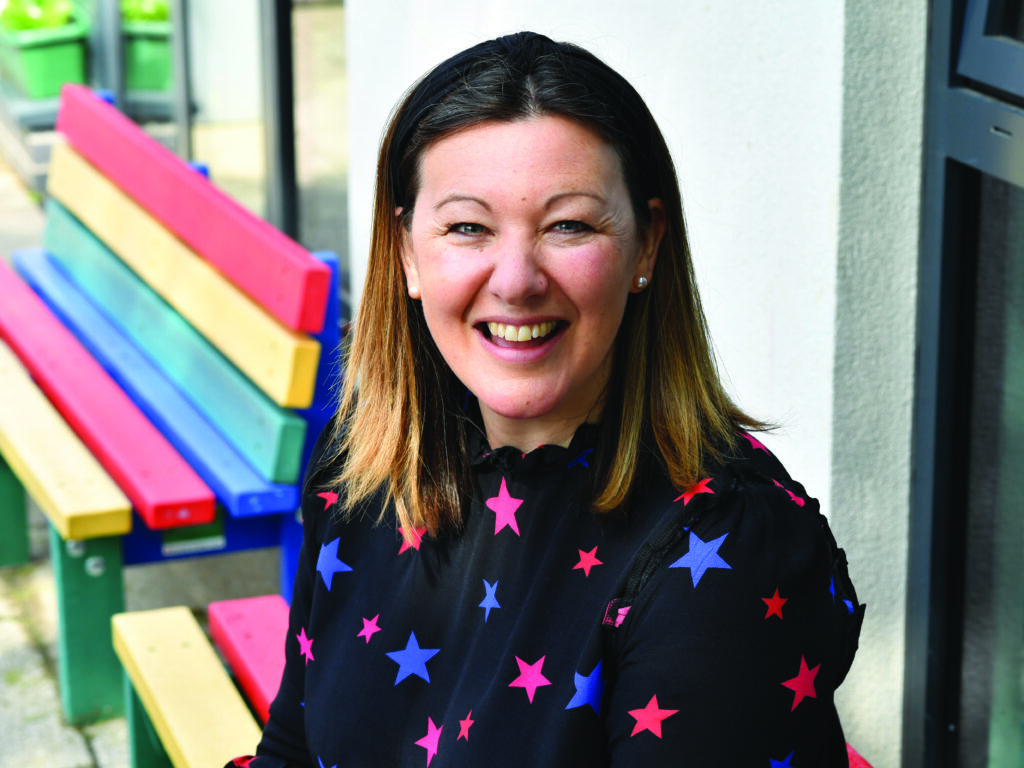Mrs Roosha Sue, Headmistress of Eaton House The Manor Nursery School
Posted: 11th August 2023

As a result of the COVID-19 pandemic, we have seen a rise in children needing support in communication and language. This may be the result of a lack of socialisation, including a lack of peer talk from social distancing, and mask-wearing parents and adults; where babies can’t see facial expressions, missing social cues and words being formed and said.
The nuances of language acquisition are lost through online alternatives, and are not suitable for babies and young children. In nursery, we are now working hard to support children with any gaps in this area of development.
‘We are working hard to support children in COVID-related developmental gaps’
In the nursery environment, it is essential that children are supported by practitioners who connect and care for each individual child. When a child starts nursery, they are often quiet or have limited vocabulary, or may have gaps in their development, due to COVID-19. Allowing them to be dependent on a kind, patient, supportive adult, who really takes their time to listen and wait for verbal and non-verbal responses, helps each child to settle into the nursery routine and feel truly valued. This dependence facilitates confidence and resilience in a child. Once they feel secure, connected and listened to, a child will then branch out and grow, thus becoming independent.
Practitioners can support children with their language and communication by using some of the following approaches. The environment should be exciting and offer many engaging and open-ended opportunities to play and talk. With key talking points, practitioners can model rich vocabulary. For example, if burying toy farm animals in hay, one could start talking about it by using the senses to describe it. For example, “the hay smells like grass, this hay feels itchy, this hay looks brown and yellow.” The adult should encourage the child to feel and smell the hay, taking time to explore it. Watch their non-verbal cues, listen to any language, nod, encourage, listen, wait. Don’t fill the silence, allow time for them to respond, at least 10 seconds. The same vocabulary can be used later in the day to extend opportunities to learn. Ensure that activities are repeated and added to, allowing opportunities to revisit and embed the experience and vocabulary.
Sing, sing, sing! Not only does singing release endorphins, but it also releases oxytocin in a child’s brain. It engages and connects children, excites them, and exposes them to words, rhythm and rhyme all at the same time. Mix the words up or leave words out, encouraging children to shout or whisper out the correct one. Use regular routine songs; a lining up song, brush your teeth song, the weather song, tidy up song. Using the same songs often, helps to embed the routines, making everything feel familiar. As a result, children will have a sense of belonging, adding to their confidence, and once they have confidence, children will be better equipped to focus, explore and learn more deeply. Practitioners should read books, poems, riddles, and use the child’s name to rhyme – rich resources will ignite a curiosity to learn and give a love of our language.
Parents can support children in similar ways. Read for 10 minutes a day, with no distractions. Repeat the same books. Point to some key words and pictures, and point out the special initial sound of the child’s name. Remember to talk about what you see when out and about. “There is a big red bus. I love the smell of the fresh cut grass. What colour is that car?” Visit the theatre, library and museums. Always model good eye contact, listening, eating and interacting as a family without devices. Sing nursery rhymes, or any songs together, perhaps whilst walking through the park, in the car, and at home.
AnimaPhonics produces a nursery focused a programme called ‘Early Worms.’ This has a huge number of fun games to help children tune in and get ready for sound acquisition. You might make big listening ears and go on a listening walk, or use your body as a percussion instrument. You could rhyme words and make them silly, or play games such as sound bingo – this is harder than it sounds!
Practitioners and parents can have a lot of fun with children, while supporting them in the strands of Communication and Language; Understanding, Speaking and Listening, and Attention. Take some time out to tune into your little one’s language. Have fun, be silly with words, sing songs loudly and make up rhymes together, perhaps involve siblings and grandparents. These small steps can help inspire a love and curiosity of the English language that will last a lifetime.
(First published in the Column 2022)